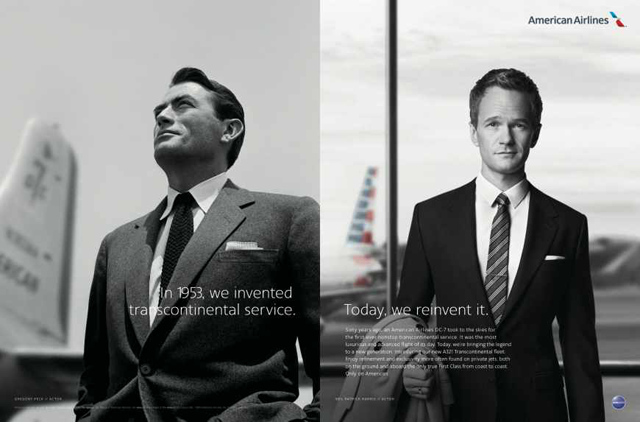Share this:



Most of what Brand Keys looks to leverage for clients is emotional brand engagement and loyalty, since those metrics allow brands to measure real aspects of brand differentiation and meaningful brand strategy.
We often assess creative, but given the granularity of today’s mediascape, it’s more important to get the strategy and brand-meaning right, hand off the ‘big idea’ and insights to inspired and imaginative creative professionals and let them “incase” it all with the kind of emotional and engaging creative they work so hard to produce. So in a recent update of the Airline Category in our Customer Loyalty Engagement Index (CLEI), we exposed some airline ads – just to see how well they flew for target consumers.
To be clear, Brand Keys is a global research consultancy, and we don’t usually give away research findings for free. Sure, we match our predictive metrics and assessments to the demands of the marketplace, and often share insights with colleagues at national and international forums annually, but most of what we do is how we earn our living. That said, these recent findings – at least about one of the brands in particular – were just too good, and too much of a cautionary tale about navigating brand differentiation to put back into files and just chuckle over.
For some brand engagement and loyalty contextual background, customers currently rank the airlines that showed up on this year’s CLEI radars like this:
- JetBlue
- Southwest
- Delta
- US Airways
- American
- United
One of the ads we looked at was the relatively new American campaign that seeks to link elegant and iconic Gregory Peck and Grace Kelly, and the equally-elegant and iconic Neil Patrick Harris and Juliana Margulies, to the glory age of air travel. The print ads are black-and-white (with a bit of AA tail logo in color) and hearken back to another time; an age when men wore suits and ties, women wore hats, you walked across the tarmac to the outside staircase to board the plane. Drinks were served in crystal tumblers, smoking was permitted, and air travel was something special. Certainly not the cattle call, schlep-your-own-carry-on, here’s-a-warm-drink-in-a-plastic-cup most airline travel has turned into. And to a large degree, consumers felt that way about the ad’s gestalt.
When we collected feelings and associations, the archetypes and symbolism consumers felt the ad captured and conveyed, we got lots of comments about “luxury,” and “how travel used to be,” “sophistication,” and “how air travel should be,” and “Donald Sutherland,” and “elegance” and “Gershwin/ Gershwin music/Rhapsody in Blue,” and “real service,” and. . . wait a second, “Donald Sutherland” and “Gershwin?” Where did that come from? It was a print ad, and neither Mr. Sutherland, the actor, nor George Gershwin the composer, appear anywhere in the airline ad. Well, not this airline ad, anyway.
It turns out that Donald Sutherland does do the voiceovers for Delta Airlines. And “Rhapsody in Blue” is the theme music for United Airlines, but neither have anything to do with American Airlines, besides the fact that they’re competitive airlines. Sure, the American ad does an amazing job evoking the feel of an era and even a ‘voice’ of that era; unrushed, calm, experienced, pampered, and comforting. So is it great advertising and just OK branding? Is it wonderful creative, and not-so-wonderful advertising for creating a bond, an un-muddled association with the brand, or more appropriately, the right brand? Is it reasonable misattribution? Take a look at the ad and you be the judge.
We will say that brand differentiation has indeed gotten more and more difficult in most categories, and many ad and marketing efforts end up getting a message right, or an entertaining creative execution out there, but also, sometimes, something that does not accelerate engagement for the brand.
Keep in mind this is American Airlines we’re talking about, not some tiny brand consumers have never heard of before. Shouldn’t what they stand for stand a little clearer in the minds of consumers? But after years of creating metrics that operate under the consumer’s rational radar, to identify what they “think” as opposed to what they “say they think,” we feel confident saying that confusion is one of the most honest responses you can get.
But confusing one brand with another via a tone, manner, and creative execution, is not something that ever shows up in a creative brief.
Connect with Robert on LinkedIn.
Find out more about what makes customer loyalty happen and how Brand Keys metrics is able to predict future consumer behavior: brandkeys.com. Visit our YouTube channel to learn more about Brand Keys methodology, applications and case studies.
Share this:





